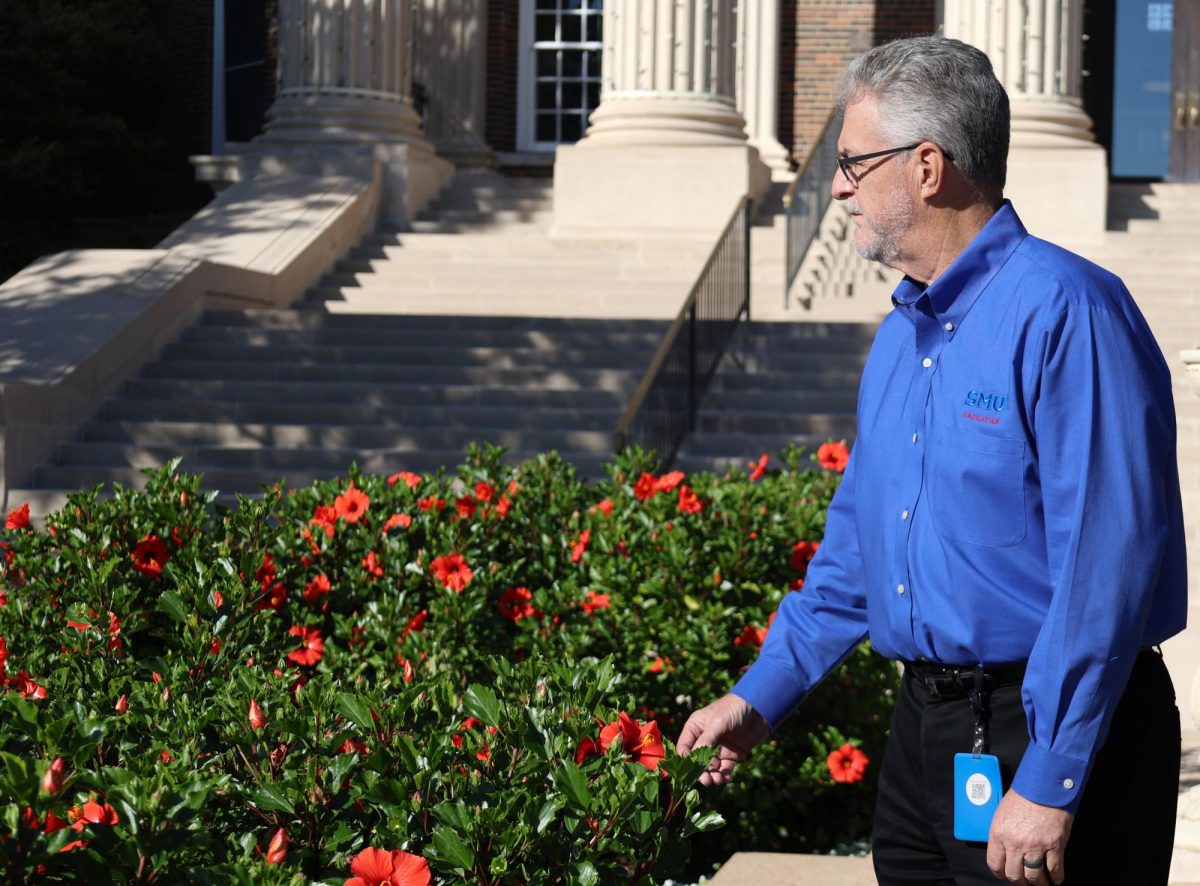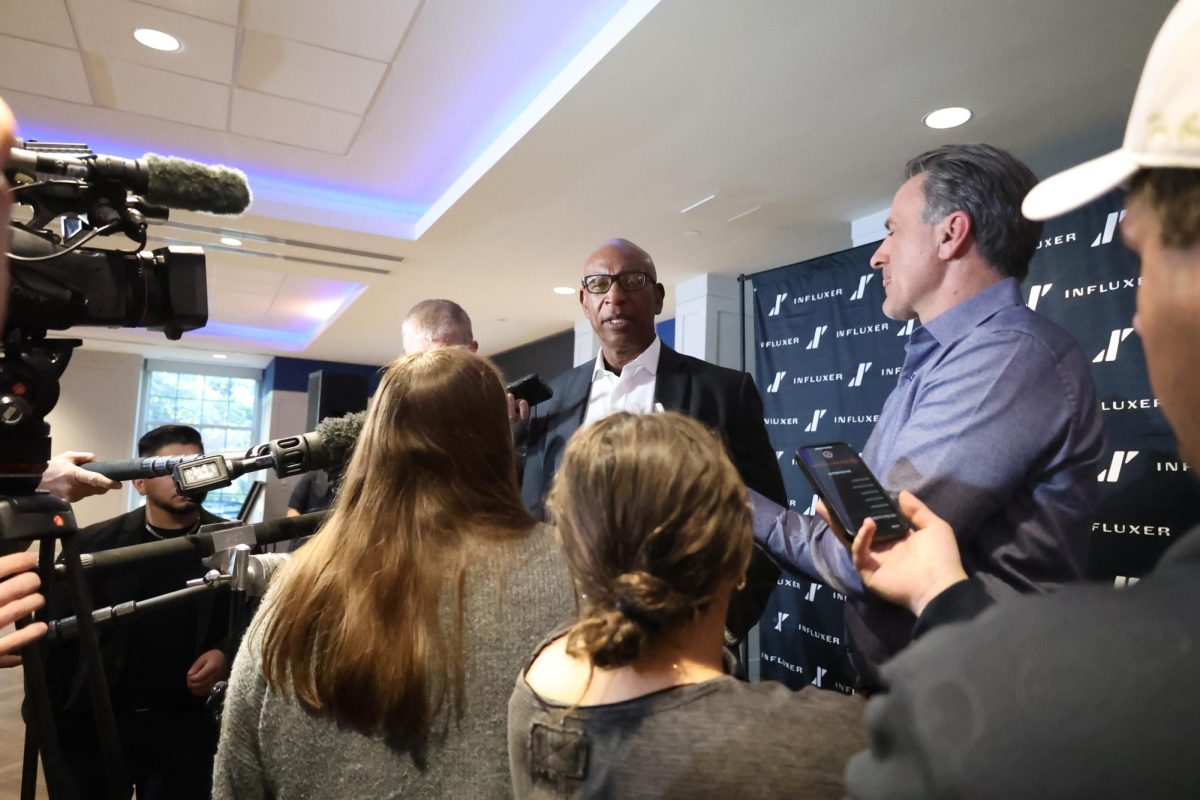Editor’s note, Nov. 3, 10:30 a.m.: This story has been updated throughout.
Andrew Delbanco urged a classroom full of students and teachers of all ages, to consider the increasingly important question, “What is College for?” at a recent lecture.
Delbanco is the Mendelson Family Professor and director of American Studies at Columbia University, and has been distinguished for his work in humanities studies.
His book “College: What It Was, Is, and Should Be” was written up in the New York Times Sunday Book Review.
Delbanco asked whether college is a lousy investment in a world of grade inflation. “Is college an expensive dating service for pampered students,” he said.
Grace Hogan is a 24 year-old SMU graduate and teacher at Uplift Heights Preparatory in Dallas who works with low-income students. She came to the speech with a group of teachers in a higher education course.“My students find themselves in a lot of these situations,” she says of the increasingly hostile environment in which kids justify to their parents the need for an education that may leave them in debt.
In essence, this may be true of most teachers’, even the first college of North America, Harvard, created the first mission statement. He said it was, “to advance learning and perpetuate it to posterity, dreading to leave an illiterate ministry to the churches when our present ministers shall lie in the dust.”
One of the foundations for American society, democracy, is important in that it was created to expand opportunity to everyone. Yet in many of these colleges, as Delbanco pointed out, it is almost impossible for lower income families to get a seat in the classroom, the budget is just not there.
Delbanco argued the reason public spending has not been mainly directed to universities is a result of the need for the nation to compete in the emerging global knowledge economy. He feels that young people in college deserve the opportunity to reflect on who they are or want to become before entering the job market. In essence he sees college as the breathing space necessary for finding ones voice between many years of education and entering this market.
An SMU student in her 30’s, Marjaneh Hedayat came to the speech because she told her son that it was okay if he didn’t want to go to college. This has been difficult for her to stick with. Hedayat worked as a doctor for many years, and even though she no longer practices, her education has served her well. She knows the importance of college but hopes that by not forcing her son, he may make up his own mind to eventually go to college.
Delbanco reminded the audiences of the author of Moby Dick, Herman Melville, stating that his whaling ship was his college and helped learn the marketable skills of the time- whaling. Delbanco also touched on the nature of humanity by bringing up Homer’s epic poems, and the fact that thousands of years ago little boys were creating sand castles and knocking them down on the shores of the Aegean.
These facts remind us that throughout time humans have found what they needed to survive, through job markets of all types, and with creativity.
Dennis Foster, an English teacher at SMU, came to this speech to hear about Delbanco’s take on liberal arts, and how to market liberal arts to students and parents. Foster believes it gives you access to those things, which are hardest and most beautiful in human life.
“In every one of us is both that impulse to build and destroy,” and it is important to remember that when dealing with others, Foster said.









